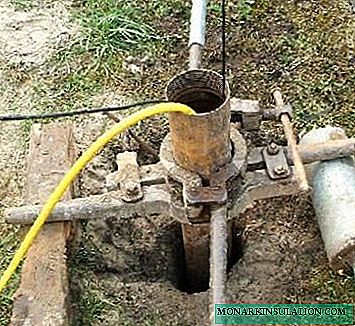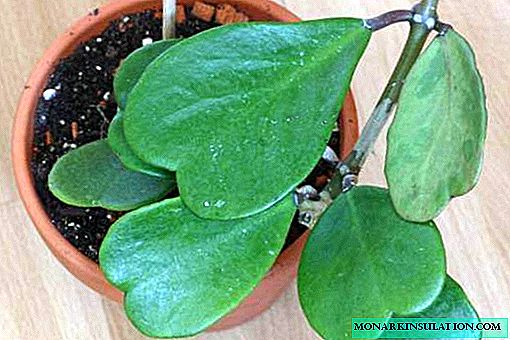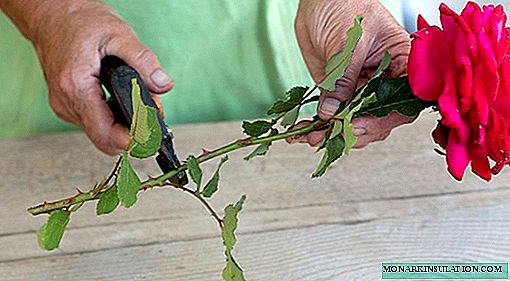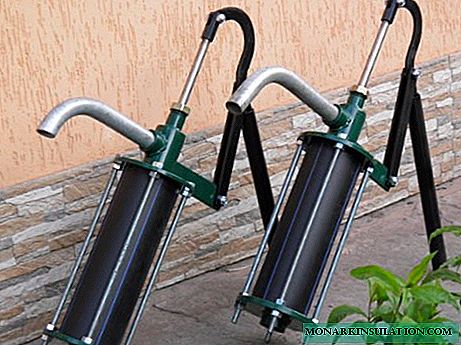
In houses outside the city, having a central water supply is almost impossible. Usually this function is taken over by a well or a well drilled by the owners. In any case, you have to smash your head, how to raise water from the mine. There are fewer problems with the well: I threw a bucket and pulled it out! But such a number will not work with the well. The bucket simply will not fit into its design. The only option is to install a water pump. But they differ in principle of action. It is advisable, before choosing a pump for the well, to study their range and features of work, as well as the characteristics of the casing for which you select the equipment. We’ll talk about some nuances like these today.
What is important to know when choosing a pump?
There are several parameters that affect the selection of a particular pump model for a well. And you need to analyze each of the parameters as accurately as possible.
Daily water consumption
Before you start picking up the pump, you need to calculate how much water you spend per day. The power of the unit and its performance will depend on this. If your family is small (3-4 people), and there are no large gardens, you can stop at the unit, which gives out 60-70 liters per minute. If there are a lot of flower beds and beds in the area where frequent watering is required, you need to select a more powerful pump.
Exact source depth
When studying pump models in the store, pay attention to the product passport. It always indicates how deep this model is designed. Your task is to correlate this information with the data of your well. If you do not specifically remember the dimensions, you can do this:
- Hang the load (preferably iron) on a rope or thin twine;
- Lower it into the well shaft until it hits the bottom;
- Take out and measure the wet and dry part of the twine. Wet will tell you what is the height of the water column in the well, and dry - the distance to the surface from the beginning of the water;
- Adding these two values, you get the total well size.
Water fill rate (debit)
It is impossible to calculate the debit of the well ideally, because in spring the flow of water will be faster, in the winter it will be slower. But you can get by with approximate figures. It’s easy to calculate them: you need to ask your friends or neighbors for a working pump and start it up at your source.
What to consider:
- Note the time during which the whole water is pumped out;
- You notice how many hours the well will be completely filled;
- Divide time No. 2 by time No. 1 - approximate debit is obtained.
The question may arise, how to find out that the well has been completely filled. Elementary! Periodically lowering the same weight with which you measured the height of the column. As soon as the readings coincide with those that you received when determining the size of the mine, the well is filled.
This is useful: how to choose a pump for pumping water at the cottage //diz-cafe.com/tech/dachnyj-nasos-dlya-otkachki-vody.html
Casing Diameter
If the well is still planned, it is better to make it four-inch. For designs with this diameter of pumps a great variety is sold, which can not be said about three-inch ones. They are drilled less often, and therefore they produce little equipment.

You can measure the diameter of the casing with a construction tape, and then translate the centimeters into inches (1 inch is approximately equal to 2.54 cm)
The diameter of the finished well is easy to measure yourself (in centimeters, and then translate into inches), or contact the workers who drilled your structure.
Drilled Well Quality
If you drilled the structure yourself or are not sure of the professionalism of drillers, then look for pumps designed specifically for wells. Universal units, of course, will cost less, but they are less effective. The fact is that unprofessional or long-used sources are often washed out with sand, and it will interfere with the operation of the equipment. You will have to clean the pump often, and its service life will be reduced. If the unit was created specifically for wells, then blockages in the liquid are not so terrible for him.

If the well was drilled by laymen, then it can be washed out by sand. Therefore, it is better to buy specialized pumps designed specifically for wells, rather than universal
Special selection parameters should be considered when selecting a pump for a fountain in the country: //diz-cafe.com/voda/nasos-dlya-fontana-i-vodopada.html
We select the unit according to the features of work
When all of the above has been analyzed, you can begin to familiarize yourself with the types of pumps. Based on the features of the work, all systems are divided into 2 subgroups: surface and submersible (otherwise - deep). Consider their differences.
Surface pumps
This type of equipment is installed on the ground, without diving. Pump pumps liquid through suction. The deeper the water column is, the harder it is to lift the liquid, the more powerful the system is selected. It is recommended to buy surface pumps for wells in which the distance to the beginning of the water column does not exceed 8 meters. Do not buy a rubber hose for pumping water. When you turn on the equipment, it will begin to compress the walls due to rarefied air and will not let water through. It is better to replace it with a pipe with a small diameter. The most important plus of the surface pump: easy to install, disassemble.

The surface pump can be installed directly near the well, and to reduce its growling, you can make a box of wood and hide the equipment there
Submersible units
If your well is deep, then the option with a surface pump will not work. Have to look among the submersible units.
The equipment is immersed directly in the pipe, in the water column. Systems operate on the principle of fluid ejection. Determine which pump is needed for your well, by the size of the well. More precisely - it is necessary to calculate the height to which the unit will have to push the water jet. To do this, remember the measurements that you took previously. The length of a dry rope with a weight is the height at which the pump will have to raise water. Add 3-4 m to it, because the pump is immersed a couple of meters deeper than the beginning of the water, and you will get the final figure. If it does not exceed 40 meters, then you can buy simple, low-power pumps. Look in the passport for information about the maximum depth at which the system can work.

It is easy to recognize more powerful submersible pumps: their appearance is larger than that of low-power “brothers”, and they are heavier in weight
By the way, if according to your calculations the height of water rise is 60 meters, and for the pump this depth is maximum, then this model is best not to take. The equipment will work to the limit of its strength, because with each meter in depth, productivity decreases, and the load increases. Look for pumps designed for 70 meters of depth. This will help the equipment to work without undue stress and to better survive.
Advice! Take models with automation. If the motor overheats (from a long operating time or clogged water) or all the fluid is pumped out, the pump will shut itself off. Otherwise, the motor will simply burn out until you find a problem.
Of the two types of deep pumps (centrifugal and vibration), it is better to stop at the first. Vibration is too sensitive to dirty water, and in the process, destroy the walls of the well.
It is important to know the parameters for pumps designed for watering the garden: //diz-cafe.com/tech/nasos-dlya-poliva-ogoroda.html

A centrifugal pump traps water with blades, and not with vibrations of the membrane, like a vibrating one, so it hangs motionless and does not destroy the walls of the well
The pump is selected for a long time, so look for models produced by well-known, well-established manufacturers. Then it will be easier for you to find a service center for the repair and maintenance of your system.











